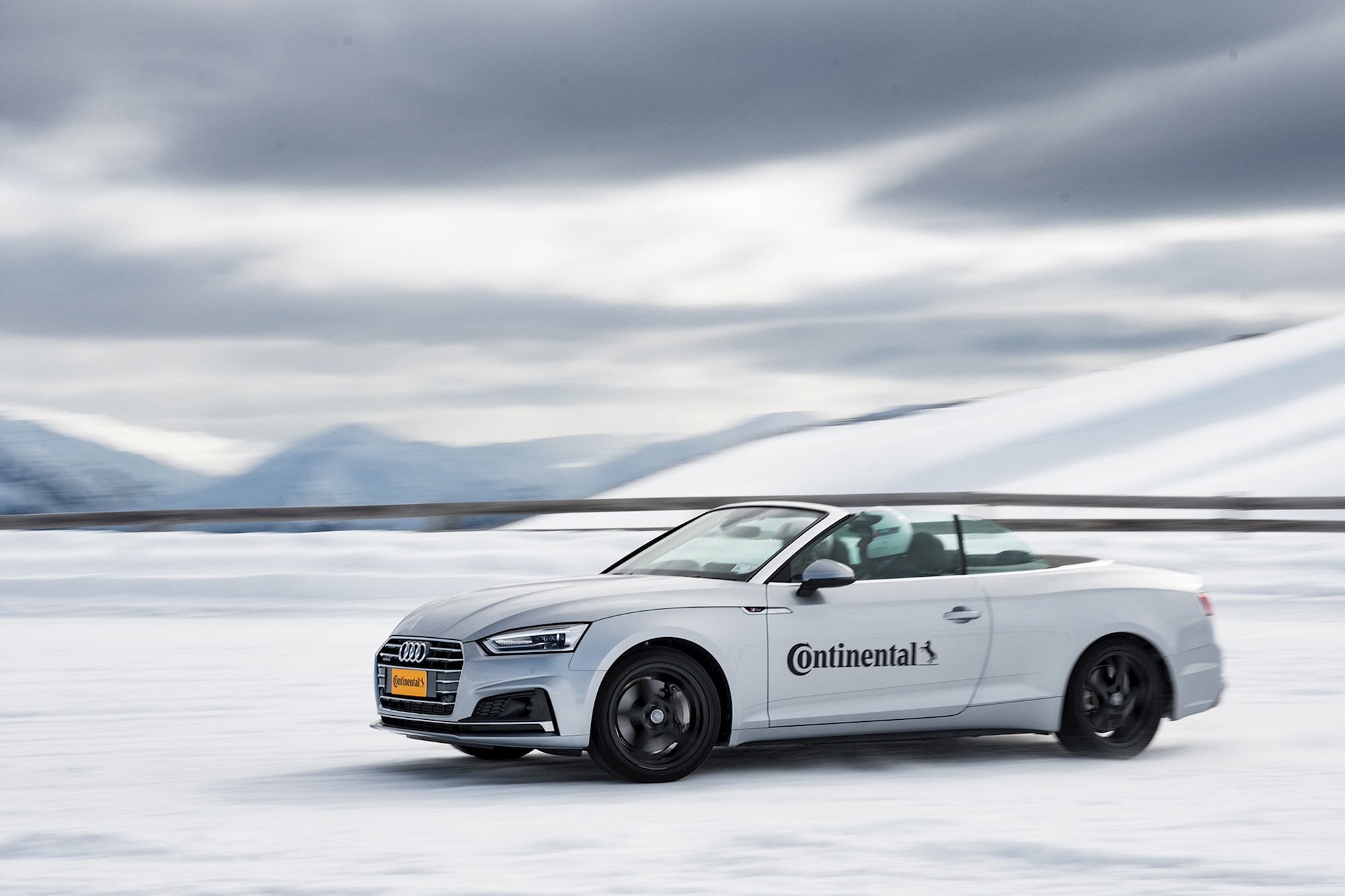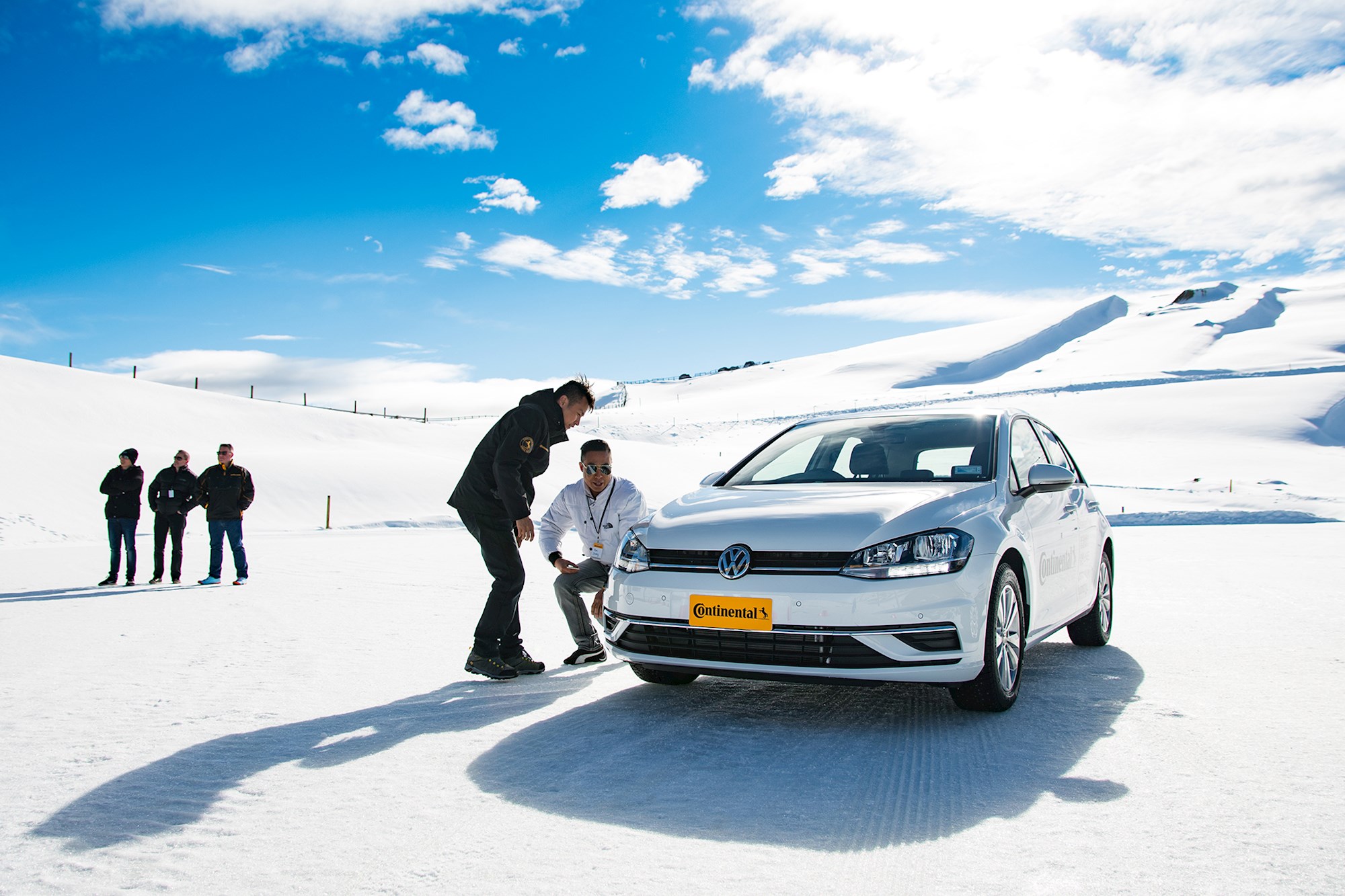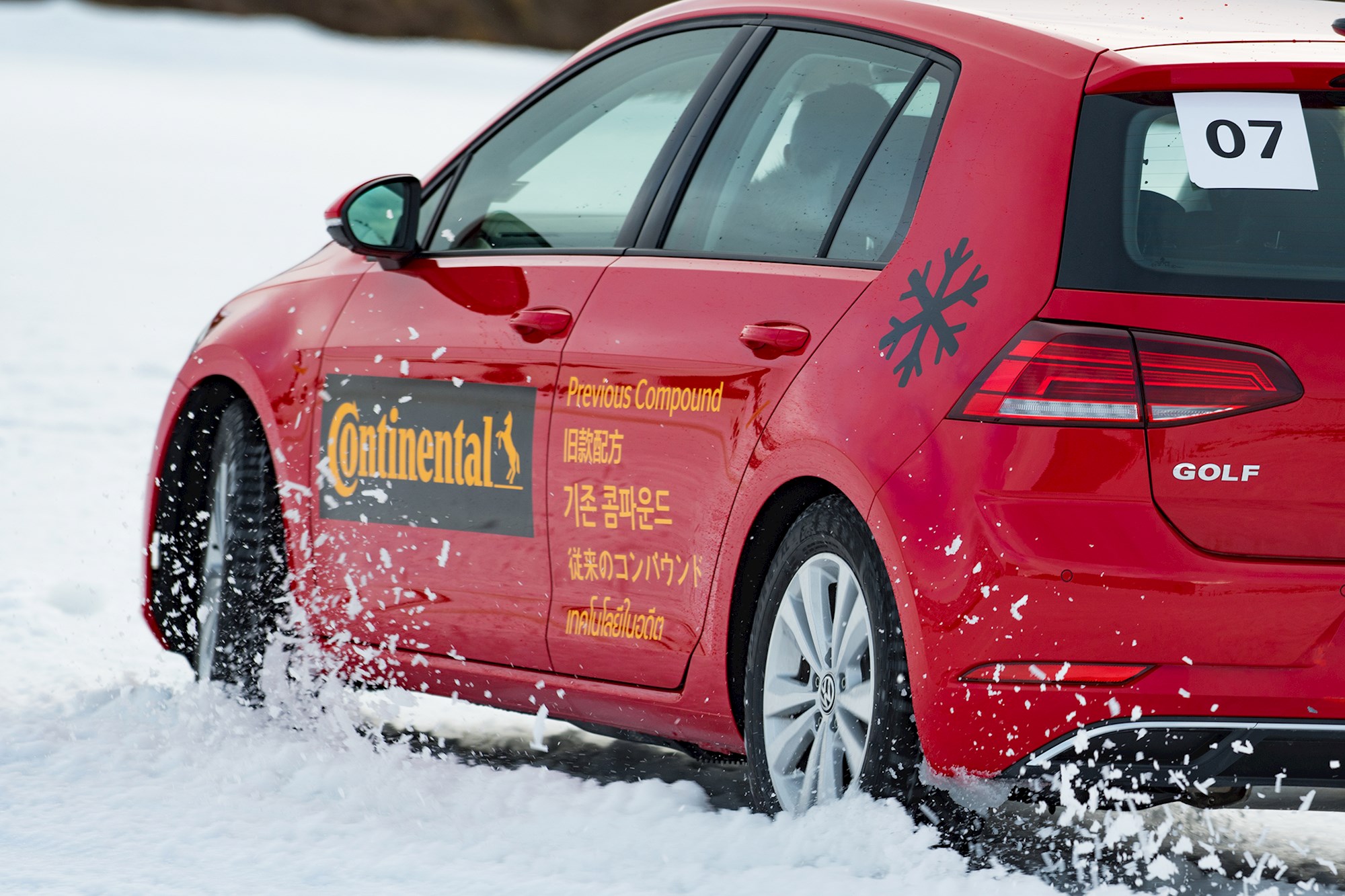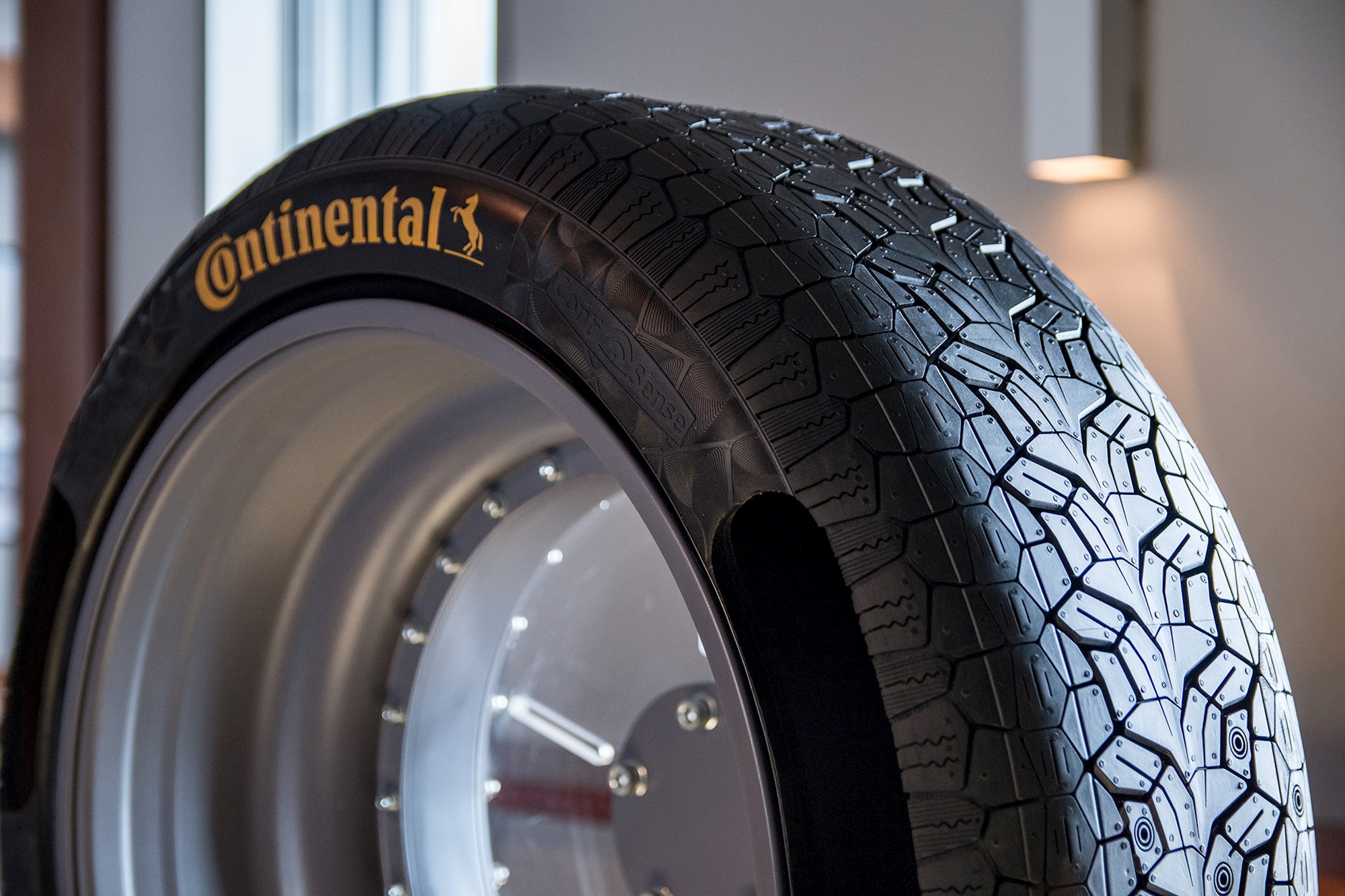Like crazed moths jostling around a solitary flame, motoring journos in Australia and New Zealand stare at their inboxes across the winter months — praying to their chosen deity that an email marked “Snow Drive Invitation” will come.
These trips are educational in the same way that bumming around on YouTube is educational. They come with the premise of demonstrating safety technology and grip improvements, but generally devolve (or, evolve?) into lots of wheel-spinning, mouth-grinning, drift-slipping fun.
To head to the Southern Hemisphere Proving Grounds in Cardrona for genuinely educational reasons is a rarity indeed. And that’s where the Continental Tyres Technology Experience comes in.

Wrapped in a multitude of layers, we appeared alongside a range of tyre dealers from New Zealand, Thailand, South Korea and Japan to sample tyre technology from past and present ... with a glance towards the future.
Continental’s history began with horse shoe production 150 years ago. As the world moved to a more versatile and less pungent form of transport — the automobile — Conti adapted to join the tyre production mix. These days its range covers tyres on bicycles, forklifts, trucks and buses. In 2018, they have more than 240,000 employees worldwide, at least 50,000 focused solely on tyres.
Our day at Cardrona covered four testing modules, designed to showcase the constantly evolving technology many of us take for granted in our daily lives.
A brake test and brief slalom would demonstrate the benefits of studded tyres at speed. A longer, faster slalom would underline the gulf of difference between summer, all-season, and winter tyres on snow. A loop race would show the performance difference between generational compounds. And, yes ... there was a session devoted to skidding around in the snow, too.
Our utensils for the day were a fleet of capable Volkswagen Golfs, shod with different tyre compounds, tread and stud patterns.
It was in the slalom where the biggest changes between compounds could be felt. The vehicle with summer tyres struggled just with movement, let alone with rotation on the fluffy white snow. The all-weather tyre became something of a hoon favourite — giving drivers traction off the line but slip mid-corner for added hilarity. The winter tyre was the obvious pack leader, with little of the challenging surface impacting on traction and turn-in — even as the speeds grew and grew.
On closer inspection, the summer and all-weather compounds were actually Michelins. Funny that.

Continental believes that by 2025 the first fully autonomous car will be on our roads, and it is aiming to be ready with an equally ambitious pair of tyre products.
Its short-term answer to the question is ContiSense. Much like today’s cars can provide alerts and updates on the run, the ContiSense tyres are designed to keep drivers aware of tread depth, temperature, pressure, and ideal change and replacement periods. Elements of this sensor technology are already commercially available in their truck range.

The ability for tyres to “speak” with cars will only be magnified when autonomous cars become commonplace, as drivers will more regularly take their attention away from the steering wheel and the innate processes of feel one takes to make sure their car is in sound health.
Part of Continental’s future sees ContiSense tech being used as a cloud-based beacon to other cars and motorists, if there happens to be a vehicle in their midst with a puncture or some form of impending safety problem.
As for the long-term future? Continental is working on ContiAdapt — a tyre range that has the ability to alter its rim width and tyre pressure while in motion, in accordance to the terrain underneath it.

It’s a product that could, for instance, improve a car’s efficiency by changing its footprint by increasing pressure and shrinking rolling resistance while on the move. A wet set-up would see the adaptive tyre shape-shift into a narrower form factor, helping it slice through standing water like a blade to reduce the chance of aquaplaning.
This is all supported by an equally clever tread pattern. Different sections of the contact patch are designed for three purposes (wet weather, dry conditions, and traction). Each adaptation of the ContiAdapt will favour a particular part of the contact patch, according to the conditions being tackled.
The possibilities for safety and performance gains are clear, and it all flows into Continental’s Vision Zero concept — a future Continental is pushing towards where the international road toll drops to zero.

“With autonomous driving, you need to take a lot of those things out of the control of the consumer,” says Mitchell Golledge, head of marketing for APAC at Continental.
“For us it’s about [Vision Zero], and to do that you need to make the human component almost zero. The electrification, the autonomous driving going forward, I think, is the future that will make driving a lot safer.”
Those might not be words the tinkering, self-driven enthusiast wants to hear. But it’s a future multiple tyre companies are working hard to pursue. And you can wager that Continental will be there or thereabouts.

















